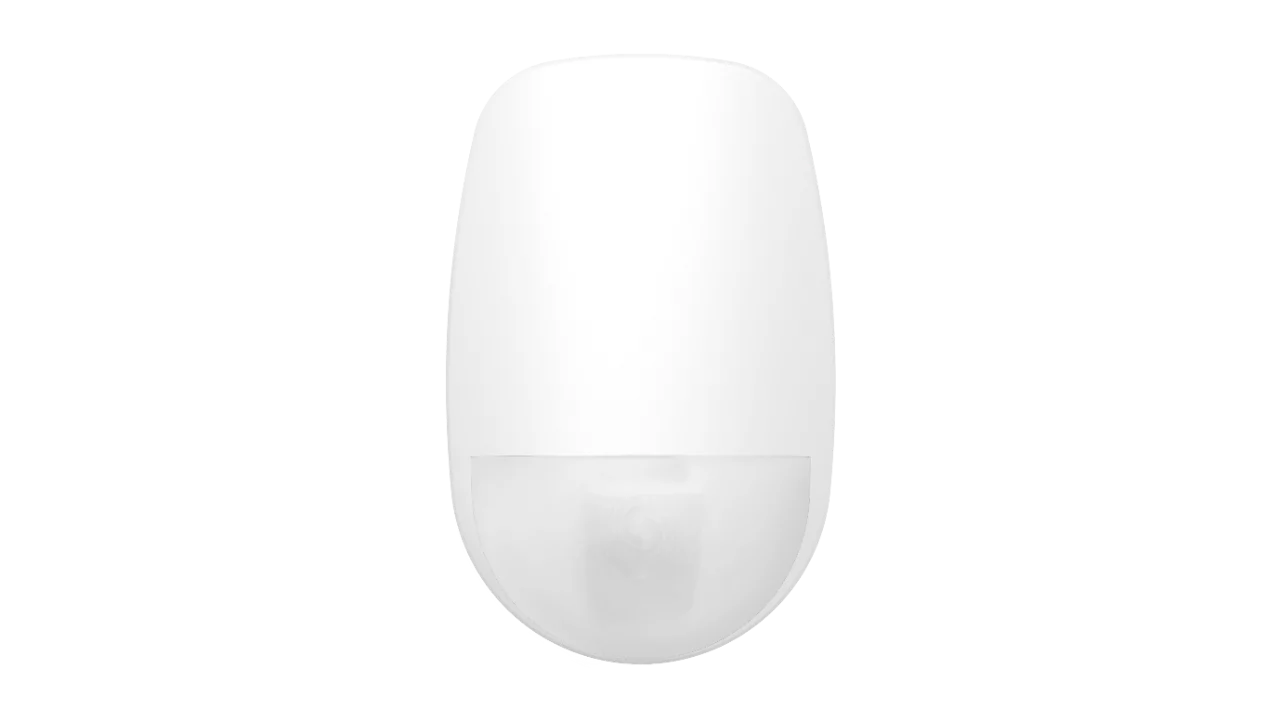How To Install A CCTV Camera At Home: A Step-By-Step Guide
Preparations for Installing a CCTV Camera at Home
If you're planning to install a CCTV camera system in your home, there are some general steps you can follow to get started:
- Plan and Choose Camera Locations:
First, determine the areas you want to monitor and choose suitable locations for the cameras. Consider the field of view, lighting conditions, and potential obstacles.
- Gather Necessary Equipment:
Ensure that you have all the required equipment, including CCTV cameras, DVR/NVR (recording device), cables, power adapters, connectors, drill, screws, and a monitor (if needed).
- Install the DVR/NVR:
Decide on a central location for the DVR/NVR, ideally close to a power source and your internet router. Connect it to the monitor and power it up.
- Mount the Cameras:
Drill holes for mounting the cameras, use appropriate screws and anchors for the surface (brick, wood, concrete). Mount the cameras securely and adjust their angles as needed.
- Connect the Cameras:
Run cables from the cameras to the DVR/NVR location. Connect the cables to the corresponding ports on the DVR/NVR. Ensure proper cable management and secure connections.
- Power Up the Cameras:
Connect the power adapters to the cameras and plug them into a power source.
- Configure the System:
Follow the instructions provided with your CCTV system to set up the system, including connecting to your network (if applicable), configuring settings, and setting up recording schedules.
- Test the System:
Ensure that all cameras are working properly and capturing the desired footage. Test the live feed, recording, and remote viewing (if supported).
- Fine-tune and Secure:
Adjust camera angles, focus, and settings as needed for optimal performance. Also, change default passwords and secure your CCTV system against unauthorized access.
- Maintenance and Monitoring:
Regularly check the system for any issues, clean the cameras, and ensure the recordings are functioning correctly. Keep an eye on storage space and replace or upgrade equipment when necessary.
Remember, it's important to comply with legal regulations concerning CCTV use in your area, especially regarding privacy and data protection laws. If you're not comfortable with the installation process, consult a professional installer to ensure proper setup and functionality.

